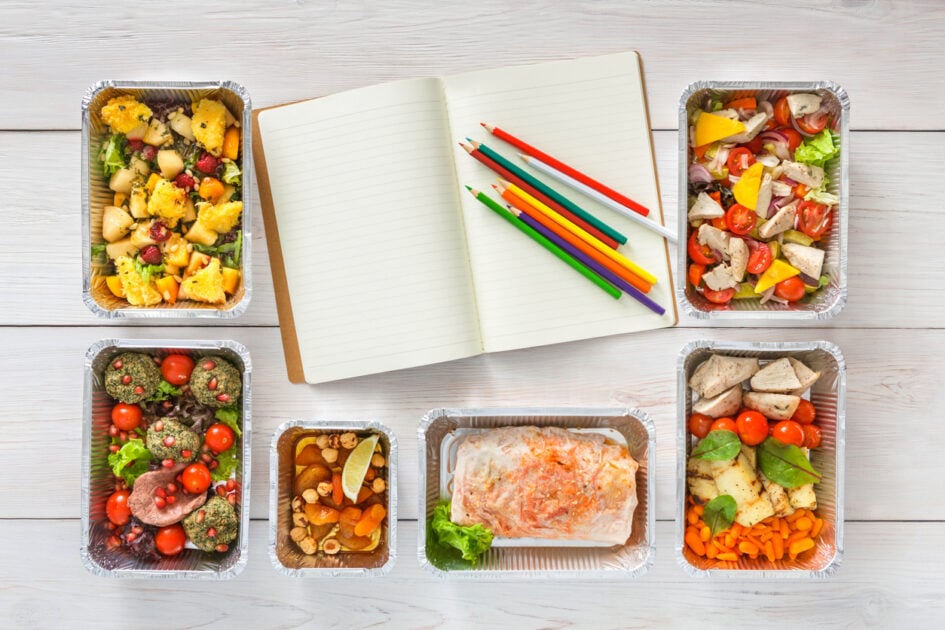Meal planning made easy
Making a weekly meal plan will make your life a lot easier

Meal planning is a really useful tool for making sure your fridge and pantry are always stocked, even when things get busy. You can use your meal plan to help you build a grocery list for your weekly shop. From there, you can plan when to batch cook or meal prep. Having a meal plan can save time, money and reduce food waste.
How to use meal planning effectively
Set aside time each week for meal planning. Figure out what you will have for breakfast, lunch, dinner and for snacks. This planning session should include figuring out when you will have time to cook during the week and when you can make food in bulk so that you have leftovers.
Check what you have
Check what ingredients you already have in your cupboard, fridge or freezer and use those to plan. Make sure you look at the ‘use-by’ dates of foods to see what you need to use up first.
The way you store food has a big impact on how long it lasts. Follow these tips:
- Check the label for advice on how to store food.
- Put new items to the back, and older items to the front of the fridge/cupboard.
- Label all foods with the name and the date before freezing so they can be easily identified.
Include your favourite meals
Food isn’t just fuel; it should also be something you enjoy. Make sure to include your favourite meals into your meal plan. This will not only make eating more joyful, but practicing the same recipes again and again can help you make them more quickly and efficiently.
If you have time, you can include new potential recipes to try in your weekly meal plan, to keep things varied and prevent you from getting bored. You could try a themed night, such as Meatless Mondays, to encourage you to branch out and eat a variety of foods.
Use up leftovers and batch cook
Plan meals that can be cooked in bulk, refrigerated or frozen and heated up or eaten cold the next day. You could also use leftover vegetables in an omelette, soup or salad, or add leftover meat to a curry or stir-fry. Remember leftovers stored in the fridge should be used within three days.
Plan meals around the same key ingredients
Taking an ingredient you like, such as roast chicken, and planning multiple meals around it is a more efficient way to plan your diet. In this example, you could make a roast chicken for dinner and then use leftover shredded chicken in salads or sandwiches for lunches in the days after.
Pick 2-3 main vegetables and add them to a meat, pasta or fish dish. For example, peppers, broccoli and sweetcorn can be added to a beef stir-fry but can also be used to make a vegetable pasta bake or served with meat or fish.
This guide has been adapted from a similar one produced by Safe Food, the public body responsible for raising consumer awareness of issues relating to food safety and healthy eating across the island of Ireland.






